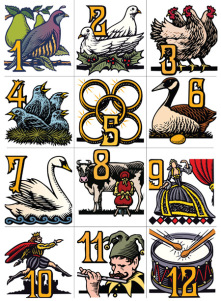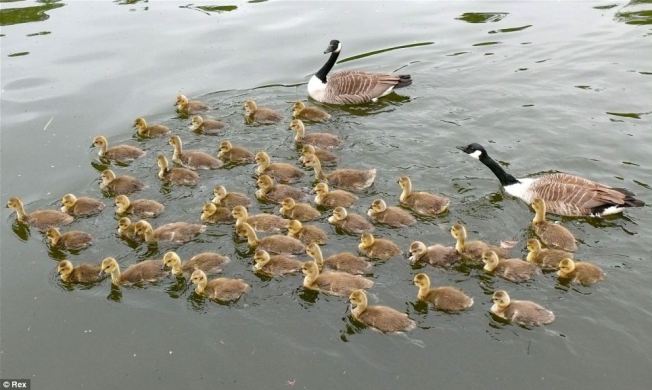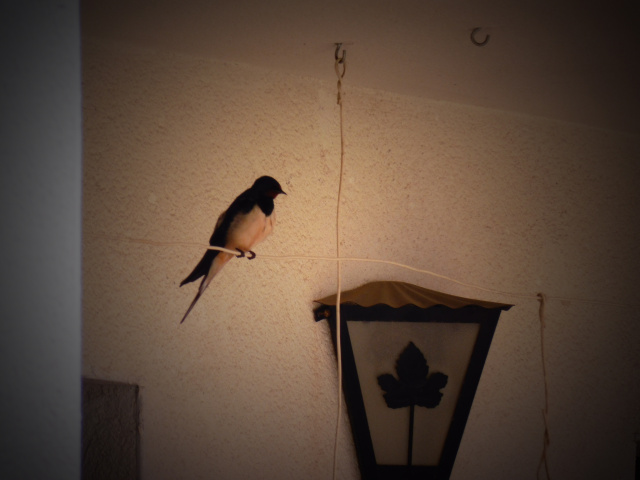 Exploring the 12 Days of Christmas History and Life in the 18th Century
Exploring the 12 Days of Christmas History and Life in the 18th Century
By Christine Henrichs – originally published in Backyard Poultry Magazine (2013)
This is part of a series I have been running over the Christmas Holidays – see Part 1
Six Geese A-LayingGeese certainly were part of English and French life in the 16th century and long before. Geese have been hunted and tamed and domesticated since the early days of settled agricultural life. West of England Geese, also known as Old English geese, may well be the breed that came over with the Pilgrims on the Mayflower. They were an important American regional breed, particularly in New England.
Goose is the traditional festive bird for the holiday feast. When raising geese for meat, it’s important to note that geese do not thrive in the intense husbandry conditions of modern agriculture, so they are not as plentiful as they were in the 18th century when every farm had some. Most American cooks have never roasted one, so recipes have disappeared. Prominent chef Nigella Lawson is a champion of goose. Because they are waterfowl, they have a layer of fat under the skin. When you roast goose, it naturally bastes itself. The fat is flavorful and can be used to toast vegetables and other meats. Food critic Bonny Wolf calls goose fat “the creme de la creme of fat.”
The two main types of domestic geese are those descended from the European Grey Lag Goose and those from the Asian Swan Goose. The European line gives us the domestic Embdens, Toulouse and all their American descendants, such as Pilgrim Geese. The Asian line gives us the African and China breeds, with their distinctive knobs.
Wild geese have lived closely with humans for centuries. Even as little as a century ago, they were maintained as semi-wild livestock in England. Villagers let their geese forage and live on the River Cam. The geese spent the spring and summer on the village green, then migrated to the river for the winter.
In February, the owners would call their geese, which responded to their voices and returned home to nest and rear their young. Those offspring were a significant contribution to the villagers’ income. Those Geese A-Laying were valued not only for the eggs themselves, but for the additional birds into which the eggs would hatch.
Despite centuries of domestication, geese remain seasonal egg layers. (In fact, it seems that most Geese aren’t actually laying this early.) Some modern breeds such as the China goose have been selected for laying, bringing their production of eggs up to 70 or more annually. Some breeds of ducks have become more productive egg layers with selective breeding over time.
The eggs are reputed to be superior for baking. The albumen is thicker than that of chicken eggs, making it unsuitable for whipping into meringue. The higher fat content of the yolk makes them desirable for baking. The good news about having Geese A-Laying would be that the goslings would soon follow. Geese are excellent parents and protectively raise their young.
———————

The Gift of 6 Geese a Laying would have been quite valuable! This is a picture I found of two Canada Geese looking after 40 goslings on the Thames in Reading .
Grahame Madge of the Royal Society for the Protection of Birds said: ‘Canada geese are well known for forming creches. You tend to get them in areas where you have quite a large number of nesting geese in a small area. The broods get mixed up and you get a few adults looking after a large number of goslings.’
Canada geese were introduced here in the 17th century.
Like swans, they are monogamous and will only seek out a new mate if their partner dies.
Although so-called geese ‘creches’ – where the offspring of different parents get mixed up – are fairly common, experts say this is one of the largest and most understaffed they have seen.
- More





